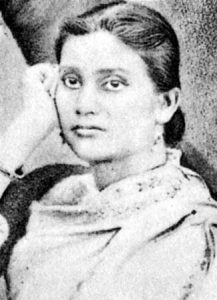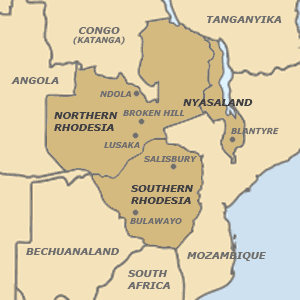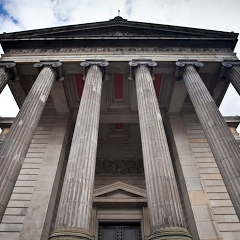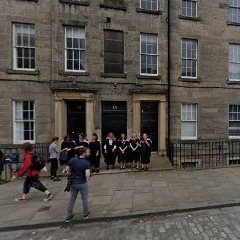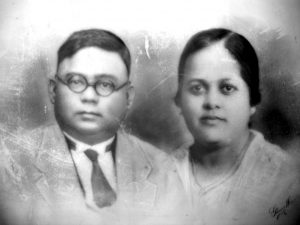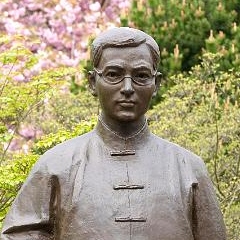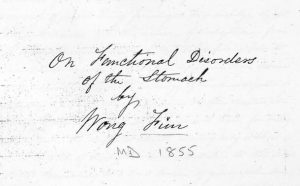63 Dean Path, Dean Cemetary, Edinburgh, EH4 3AT
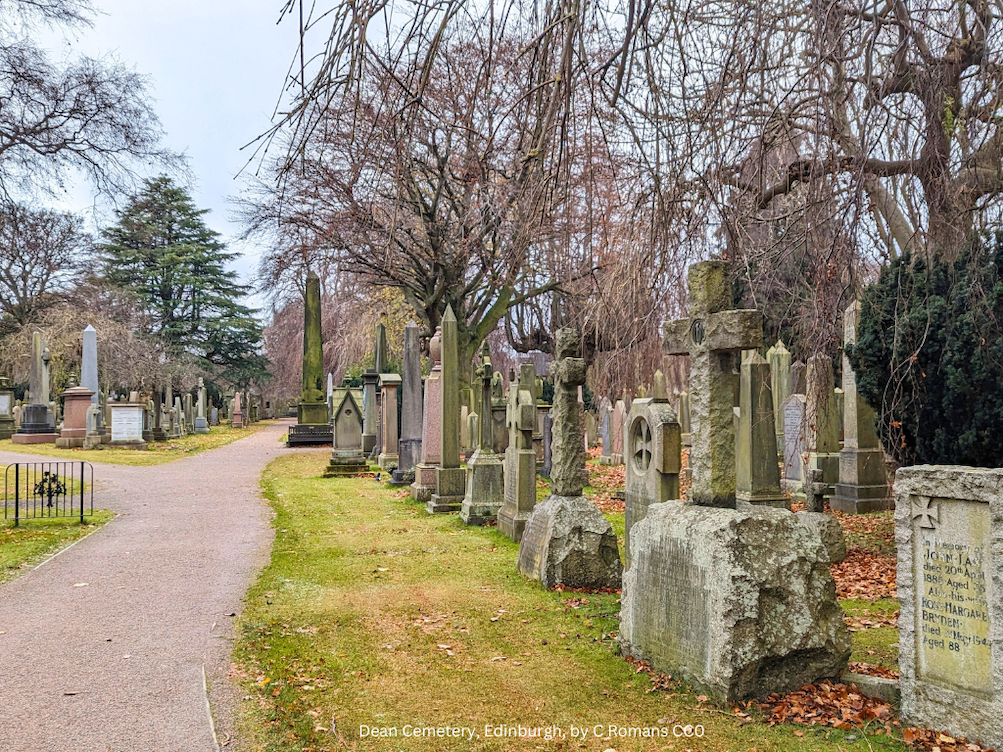
Flora Philip (1865 – 1943) was a mathematician and one of the first women to graduate from the University of Edinburgh. When she began her studies, the law prohibited women from studying at Scottish universities, so she enrolled with the Edinburgh Association for the University Education of Women instead. This was an organisation campaigning for higher education for women, offering its own classes delivered by lecturers from Edinburgh University. Upon the passing of the Universities (Scotland) Act in 1889, which allowed women to attend university, Philip was matriculated at the University of Edinburgh and received her degree for her previous studies. She was the first female member of the Edinburgh Mathematical Society and was admitted to the prestigious organisation before she even received her degree. Philip is buried at this cemetery, alongside her husband George Stewart and their children.
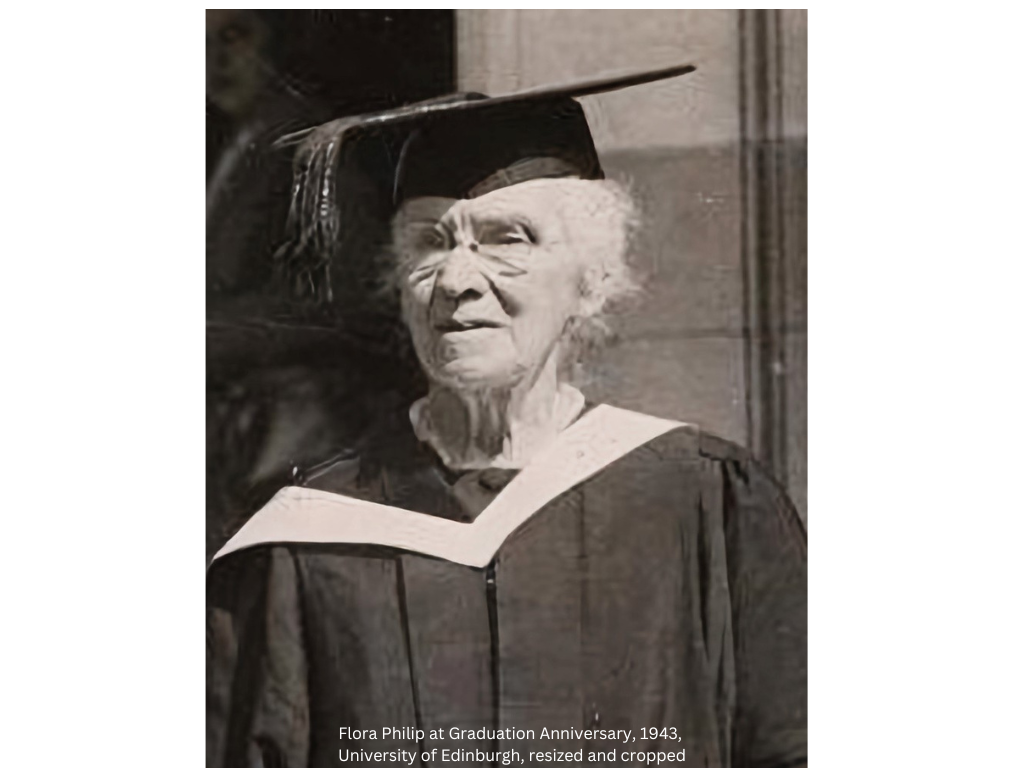

Sources:
- “Flora Philip.” Wikipedia, Wikimedia Foundation, 14 Mar. 2023.
- “Notable Alumni: Flora Philip (1865 – 1943).” Alumni Services, The University of Edinburgh, 20 Nov. 2015,
- O’Connor, JJ, and EF Robertson. “Flora Philip – Biography.” Maths History, Jan. 2008
- Google Maps (2023). Dropped pin, Dean Cemetery, Edinburgh. Accessed 2 Dec. 2023





